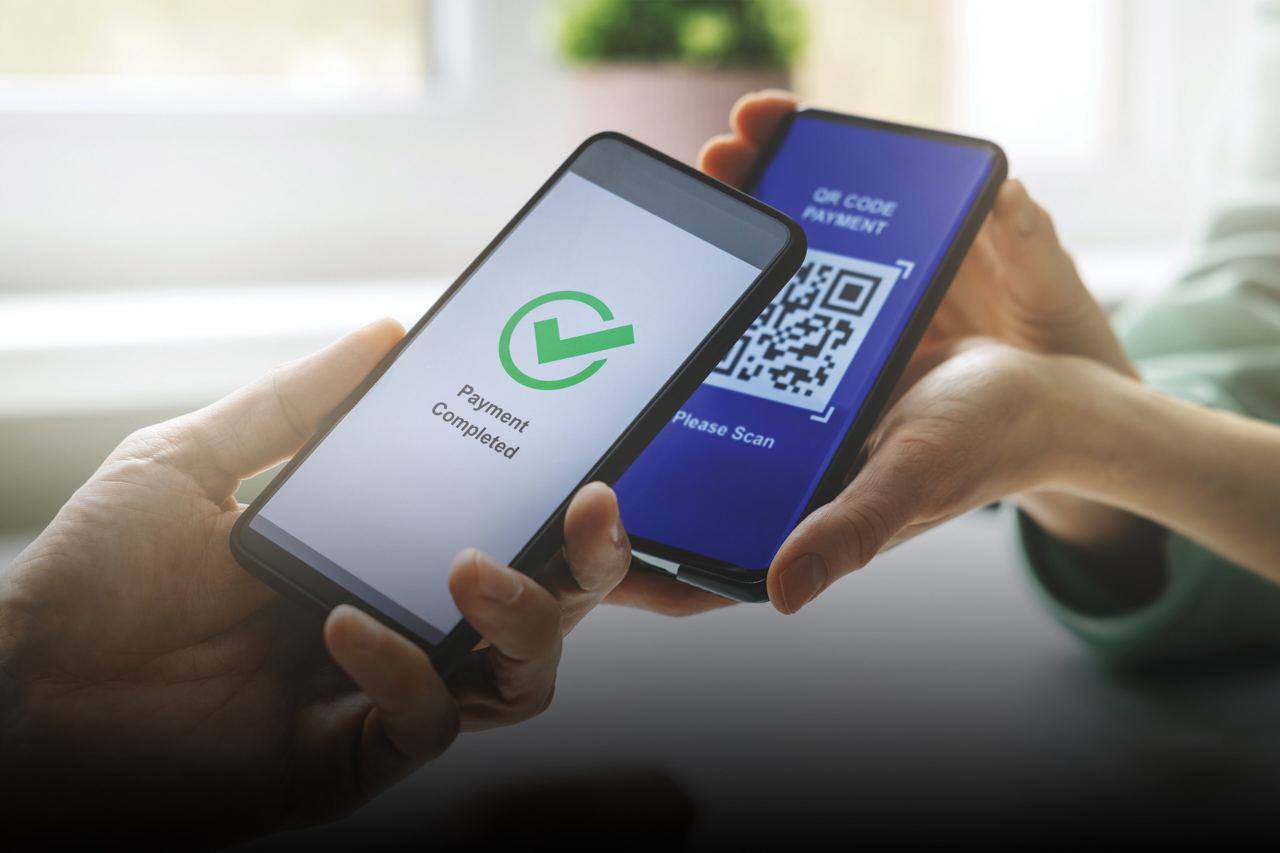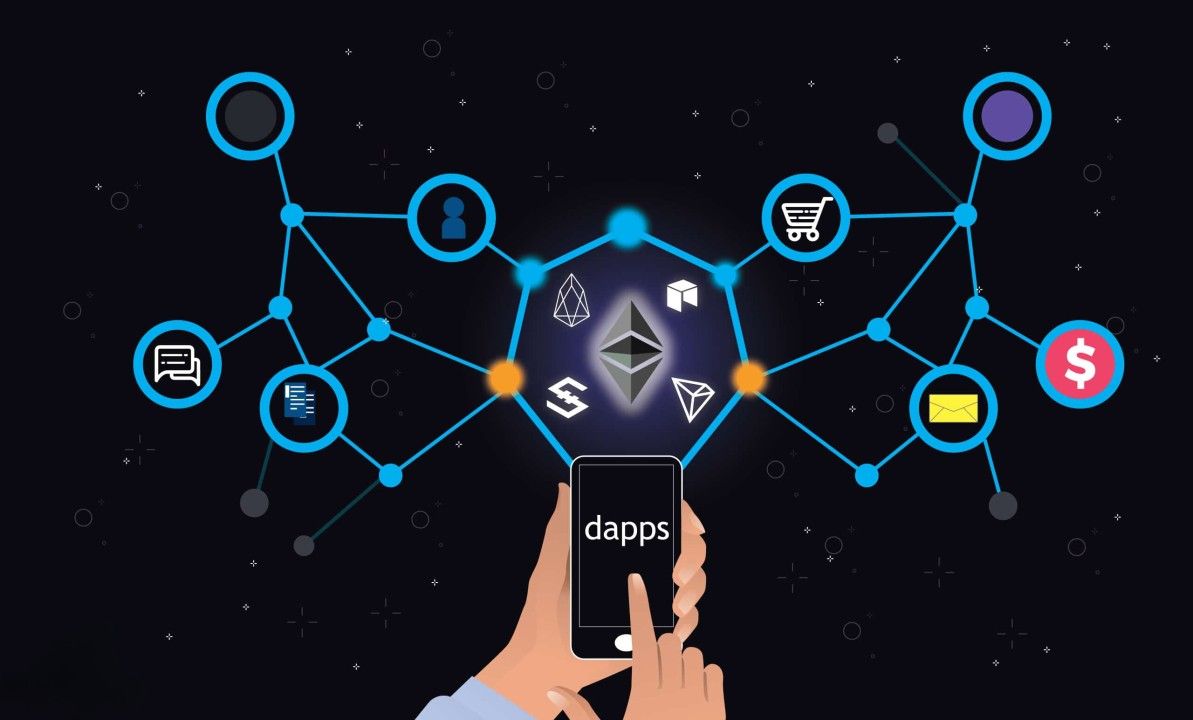Contactless payments represent the modern era in consumer financial transactions. Sergey Kondratenko, an expert in the field of fintech, says that they allow payments using credit or debit cards through mobile applications such as Apple Pay, Google with an NFC or RFID chip. This allows customers to complete transactions without the need for physical contact between the card and the reader.
Sergey Kondratenko is a recognized specialist in a wide range of e-commerce services with experience for many years. Now, Sergey is the owner and leader of a group of companies engaged not only in different segments of e-commerce, but also successfully operating in different jurisdictions, represented on all continents of the world. The main goal is to drive new traffic, create and deliver an online experience that will endear users to the brand, and turn visitors into customers while maximizing overall profitability of the online business.
What are mobile payments: their features
Digital payment transactions are becoming increasingly popular, states Sergey Kondratenko. This is due to the proliferation of smartphones, high-speed mobile data networks and the growth of e-commerce.
One type of such payment method is mobile payment - this is a contactless payment method using a mobile device, such as a smartphone, smart watch or tablet. These payments are made digitally, without using a credit or debit card or inserting one into a device at the point of sale.
Americans have already appreciated the benefits of mobile payments, which is why 82% of people pay this way because it is faster, cheaper and more transparent.
- People use mobile payment systems to pay for goods and services, transfer money to another person or account, and pay bills. Typically, payments are made using a mobile wallet - a digital account that stores payment information. Merchants use card readers to accept payments from customers., says Sergey Kondratenko.
The specialist draws attention to the fact that there are two main types of mobile payments: contactless and remote.
Contactless payments occur close to the location of the transaction, usually at a point of sale (POS). On the other hand, remote payments, in the form of paying bills, sending funds or making financial transfers, are carried out via the Internet.
- In the case of contactless payments, customers and merchants interact and transact using various technologies, such as NFC (near field communication), QR codes and Bluetooth low energy (BLE). This allows customers to pay for goods and services without having to physically manipulate plastic cards or enter a PIN code, explains Sergey Kondratenko.
He says POS points of sale can be located either in stores (physical) or outside of stores (automated vending machines). Both parties exchange information and conduct transactions using contactless mobile payment technologies such as NFC-enabled mobile wallets.
On the other hand, remote payments can be made through fixed or mobile telecommunications networks (Internet), regardless of the customer's location.
Sergey Kondratenko names five different types of mobile payments that enable buyers and sellers to easily conduct transactions:
1. Mobile wallet allows users to store and manage their payment information and other digital assets on mobile devices. Technologies such as NFC are used for payment. 2. Mobile peer-to-peer (P2P) systems help individuals transfer money to each other directly from bank accounts or payment applications. 3. SMS payments. This method allows customers to pay for goods or services via text message, which is especially useful for those who do not have a credit card. 4. Mobile e-commerce (m-commerce). It uses mobile devices such as smartphones and tablets for online shopping and business transactions. 5. Mobile point of sale (mPOS). Mobile devices, such as smartphones or tablets, are used instead of traditional POS terminals to accept payments from customers anywhere.
The expert emphasizes that these various mobile payment methods provide convenience and flexibility for buyers and sellers.
Sergey Kondratenko: NFC technology – contactless interaction at short distances
NFC (Near Field Communication) mobile payment, as defined by Sergey Kondratenko, is a contactless payment method. A device with NFC allows you to make payments at point-of-sale terminals. To do this, you must have a mobile wallet app or a credit/debit card that supports contactless technology.
To accept contactless payments you will also need a reader. The specialist notes that NFC is capable of transmitting data only at a distance of up to four centimeters between devices, which guarantees the security of transactions.
NFC contactless payments can be used almost anywhere, including retail stores, restaurants, vending machines and public transport systems.
Another type of mobile payments, according to the expert, are contactless cards. To make a payment, the customer simply holds the card or a compatible device such as a smartphone close to the contactless reader.
Contactless cards also use near-field communication (NFC) technology to securely transmit payment information.
Additionally, there is Apple Pay, which can be used on iPhones (version 6 and up) and Apple Watch. The user must add their debit or credit card to the Wallet app and can make payments by holding the phone close to the reader and confirming the transaction using Touch ID, Face ID or a button on the Apple Watch.
To accept Apple Pay as a mobile payment method, you must have an NFC-enabled Square reader. Customers can also use Apple Pay to make online purchases and pay through online stores or apps without the need for a reader.
Google Pay mobile wallet technology is available on all NFC-enabled devices running Android OS version 4.4 or later, notes Sergey Kondratenko. He explains that to use Google Pay, a customer must open the app on their phone and hold the device near the payment reader.
Sergey Kondratenko: Advantages and disadvantages of mobile payments
In the field of digital and mobile technologies, contactless payments, along with their advantages, also have disadvantages. Sergey Kondratenko proposes to consider the “pros” and “cons” of these innovations.
Benefits of using mobile payments:
● Convenience. Mobile payments have become the most convenient payment method as people increasingly use their smartphones for everyday transactions. Electronic transfers through a banking app replace trips to the ATM, and you don't need to take out your wallet at the checkout, just press your phone. ● Efficiency. Such payments are made instantly - in a matter of seconds, which is especially beneficial for businesses with long queues, as it speeds up service and increases sales volume. ● Safety. Such transactions are highly secure thanks to authentication methods such as facial recognition, fingerprint scanning and data encryption. This makes it extremely difficult for hackers to intercept information, especially in facial recognition apps like Apple Pay. ● Popularity. The specialist predicts that by 2025, mobile payments will become more popular than cash and credit cards due to stable growth and widespread availability. This is due to ease of use, added security, and cross-platform support.
There are also a number of shortcomings that Sergey Kondratenko pays special attention to:
● Peer-to-peer transactions. Refunds are difficult or even practically impossible without an intermediary. This means that once a payment has been made, it is difficult to dispute it, and errors can occur, such as funds being sent to the wrong recipient. Mobile payments can also be unpredictable. ● Specialized payment terminal. Mobile payment systems require special payment terminals that differ from conventional points of sale. They should support wireless payment methods such as Apple Pay, Google Pay and Samsung Pay. ● Limited device compatibility. Mobile payment apps are limited by the operating system, so for example, the Apple Pay app will only work on iOS devices, and the Samsung Pay app will only work on Samsung devices. Some older versions may also not support necessary hardware components, such as NFC, to use mobile payment methods.
NFC technology provides convenient and secure contactless payments from mobile devices. It has a number of advantages, including convenience, efficiency and popularity. However, disadvantages should also be taken into account, such as restrictions on refunds, the requirement for specialized payment terminals, and compatibility only with certain devices and operating systems.
Disclaimer: This is a sponsored press release and is for informational purposes only. It does not reflect the views of Crypto Daily, nor is it intended to be used as legal, tax, investment, or financial advice.









